Amaryllis planting rules and care
Despite the fact that amaryllis belladonna is rarely found in room culture, most often this name denotes a plant of the hippeastrum species. Planting amaryllis, as well as further caring for it, is not as difficult as it might seem. You can find these plants on sale not only in specialized flower shops and greenhouses, but also in simple hypermarkets. Also, in recent years, the prevalence of hippeastrum amaryllis allows us to speak of it as a popular gift for International Women's Day. Another common name for hippeastrum - March, or Jersey, lily - emphasizes the flowering period and the delicate beauty of a flower of a characteristic shape.
Varietal features
All modern examples of potted amaryllis are the result of the actions of breeders. Distinguish between classic varieties and modern, experimental.
Classic amaryllis varieties:
- Durban;
- Hathor;
- Parker;
- Maxim.
Of the varieties presented, only Hatora has flowers of a pure white shade, the rest of the samples are endowed with petals of various shades ranging from bright red to pale pink. Modern hybrids boast salmon shades, as well as variegated petals, including combinations of light green and red, as well as lily and terry forms.
What should be the care for amaryllis?
Caring for amaryllis is quite simple while observing simple rules that are suitable for all bulbous. However, it must be remembered that the amaryllis bulb itself is poisonous, therefore, after the end of the transplant process, you should wash your hands with soapy water.
Conditionally, the care of all potted bulbous can be divided into two stages: the season of active growth and flowering, as well as the dormant period. During the active phase, amaryllis prefers a fairly bright room or even a window with an orientation to the east or south-west side, but without the danger of burning the leaves with direct sunlight. The pot will have to be rotated 180 degrees as the flowers grow and form, and the growing peduncle will have to be tied up. Amaryllis in the active phase is a fairly moisture-loving houseplant, watering should be done when the topsoil dries up to about a depth of 4-5 cm.Do not water more often - you can provoke rotting of the bulb in case of waterlogging. But even more rare watering will lead to wilting and even discarding of flowers. For these purposes, only room temperature water is used, and not cold water from the tap.
Most lovers of indoor plants have more questions in connection with the intricacies of caring for potted amaryllis during the dormant period, that is, the absence of flowers. Once the plant has shed flowers, it can spend a dormant period in a leafless or partially leafy state. The plant is rearranged in a dark place and watering is completely stopped. It is important not to allow high humidity and an air temperature of less than 6 degrees in the place where the bulb is stored. The constant temperature should be between 9-14 degrees.
Landing subtleties
Bulbous care consists in the correct selection of a new pot after the end of the dormant period. As soon as the plant begins to release new leaves, it is worth choosing a container that matches certain parameters. Planting should be done in a pot with good drainage, a drainage hole is required. In addition, the selected pots must be stable so that the massive and tall developing peduncle does not contribute to turning.
Pebbles or chipped shards are placed on the bottom of the pot, then a layer of ground activated or charcoal is poured. Such care will help to avoid bulb rotting and infection with fungal diseases, especially with excessive watering. The next step is soil selection. A mixture for bulbous will be the best option; in its absence, a combination of garden turf, sand and peat in equal proportions is suitable.
The distance between the bulbs in group plantings should be at least 10 cm, each of them is not deepened more than half during planting.
Refusal to bloom
The lack of buds and peduncles does not mean that the care was not good enough. There may be several reasons: there was no rest period, the bulb spent all the time in a warm room, or the period of no vegetation was not long enough. In addition, flowers may not form in a specimen weakened by diseases and pests. But there are subtleties that only sophisticated flower growers know about. Amaryllis does not like a too spacious pot, transplants more often than 3-4 years, a large number of children in the vicinity of the mother's bulb, as well as insufficient daylight hours. In the latter case, you can try to illuminate the plant with a lamp to cause re-flowering the next year.
Advice
If the mother plant forms small daughter bulbs, they can be transplanted and new flowering plants can be obtained after a few years. You can try to propagate this indoor flower by seed, but, like most modern hybrids, the varietal characteristics of the offspring will be unstable. The only advantage of seed propagation is the significantly longer life expectancy of seedlings in comparison with the samples obtained as daughter bulbs.
Planting and caring for amaryllis in the open field
Another way to grow amaryllis is directly planting in the open field. Mid-late spring is the optimal time for planting a plant bought in the form of a bulb in open ground. In the event that it is planned to plant a freshly faded plant on a garden bed, you can not expect it to bloom this season, or it will be late. Caring for this beautiful plant in open ground should consist of feeding, watering, protection from the scorching sun in the southern regions and, which is very important, protection from pests. In general, caring for amaryllis in the street can be called quite simple.
The most common diseases are:
- rot and mold of the bulb;
- rot of leaves and peduncles with flowers;
- onion and spider mites;
- stagonosporosis, aka "red burn" of the scales of the bulb;
- thrips;
- mealy and amaryllis bugs;
- aphid;
- shield;
- springtail.
Most often, the appearance of pests indicates a weakened state of the plant and means that care will have to be changed for the better. You can burn the affected plants or dispose of them outside the site, or you can try a complex spraying with insecticides with two or three repetitions in combination with drugs that stimulate immunity.
Many still continue to treat amaryllis as an annual bulbous, disposed of after flowering or transplanting into the garden without proper attention to it. However, proper care is almost guaranteed to make the amaryllis a permanent resident of the windowsill.
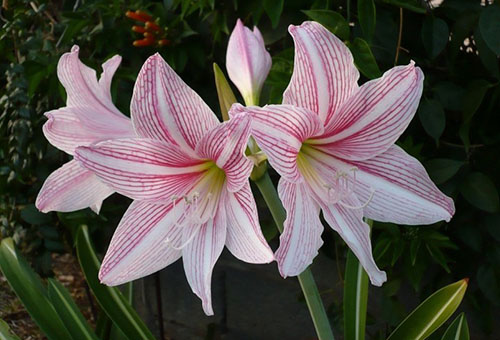
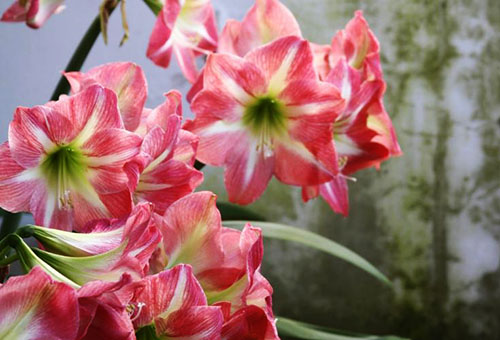
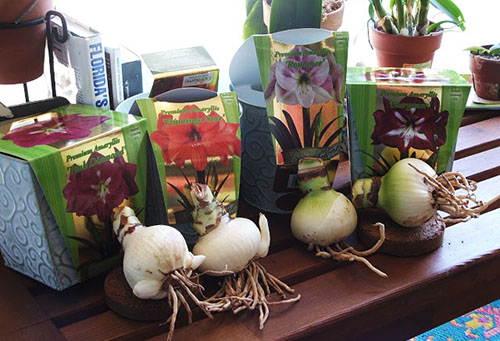
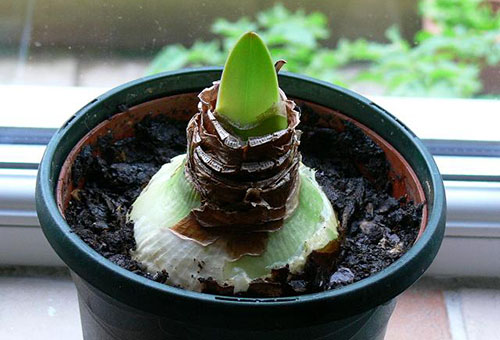
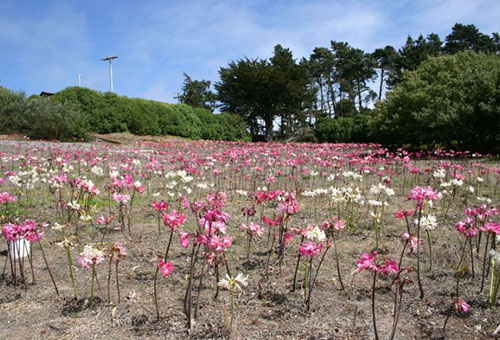

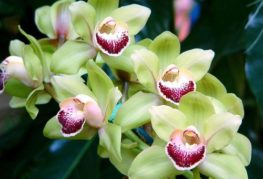
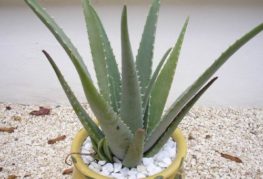
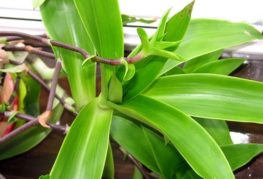
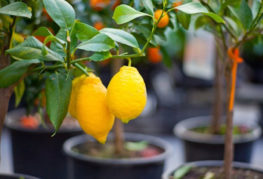
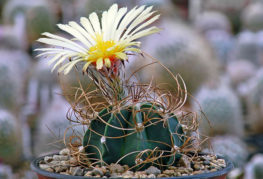
and will be published shortly.